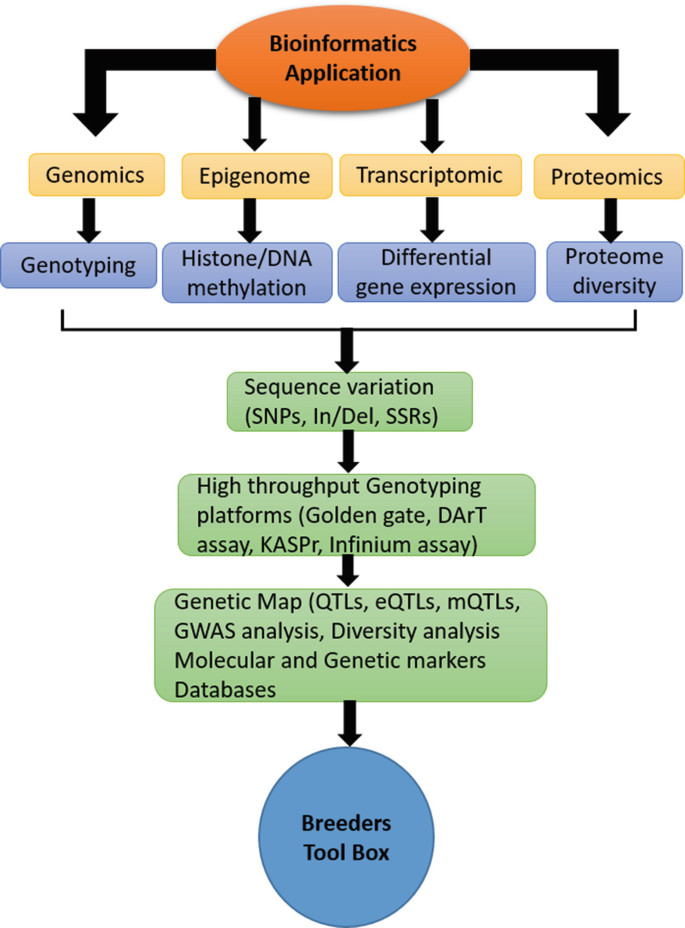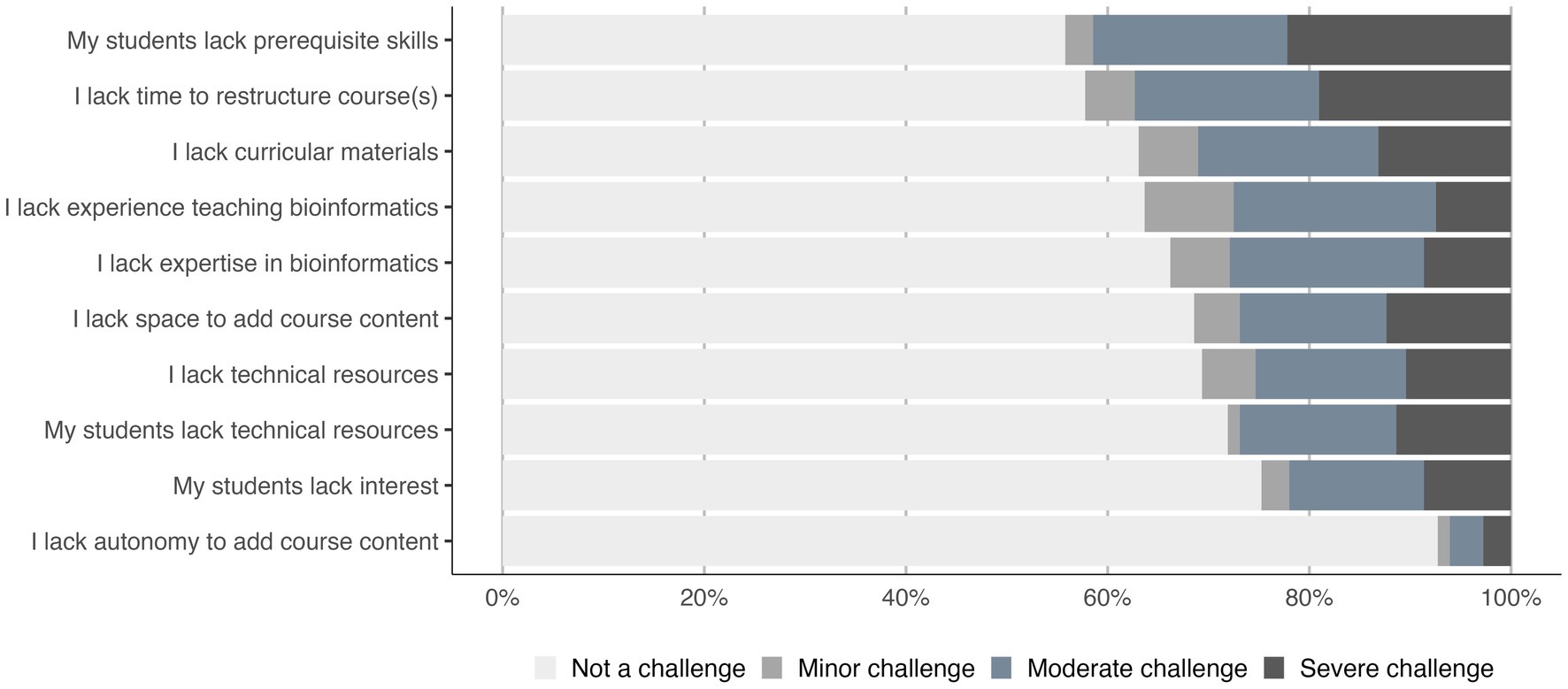Bioinformatics Tutor - An Overview
Bioinformatics Tutor - An Overview
Blog Article
Facts About Bioinformatics Tutor Uncovered
Table of ContentsThe Only Guide to Bioinformatics Tutor4 Easy Facts About Bioinformatics Tutor ShownExamine This Report about Bioinformatics TutorBioinformatics Tutor for BeginnersHow Bioinformatics Tutor can Save You Time, Stress, and Money.
Of the total amount participants associated with the training, 80% were students from public college establishments, while the remaining 20% came from private institutions. To get approved for a certification of participation, students were called for to participate in at the very least 90% of the overall training hours. As a result of this need, an outstanding 95% of the individuals effectively obtained their certificates, having not only fulfilled the minimum attendance criteria yet likewise finished all assigned activities throughout the training.
Throughout the elevation of the COVID-19 pandemic, specifically between June and August 2020, the task group was charged with arranging specialized training in bioinformatics. This training was specifically targeted at pupils from the research group Nucleus for Research study in Applied Computer at the Federal University of Pará (UFRA) The adjustment to remote learning systems due to the pandemic created a possibility to check out brand-new training methodologies and digital tools that improved both reach and efficiency.
This course was designed to offer an obtainable yet extensive review of Artificial Intelligence methods, particularly as applied in bioinformatics (Bioinformatics Tutor). This digital style allowed engagement from trainees throughout Brazil, many of whom could not have had the chance to go to in-person sessions.
Little Known Questions About Bioinformatics Tutor.
A significant feature of this program was its focus on hands-on discovering. Roughly 50% of the complete training hours were devoted to useful tasks where pupils constructed smart designs and applications in a series of clinical domain names, consisting of genes, molecular biology, and environmental data evaluation. Widely made use of tools and structures such as Spyder, Google Colab, Jupyter Notebooks, and Orange were incorporated into the coursework. These platforms allowed pupils to take part in real-time data manipulation, design training, and formula experimentation.
Sixty of them were associated with different greater education establishments in the state of Pará, while the staying twenty came from institutions located in 5 various other Brazilian states. By introducing Artificial Intelligence in a functional and pertinent context, the campaign served to connect the gap between concept and real-world application, offering pupils with a strong structure for future research or work in the field.
The training effort developed component of a wider scholastic outreach initiative known as the Bioinformatics on the Roadway task. This task has, over the years, introduced loads of trainees to the world of bioinformatics and computational biology. The events navigate to this site held under this umbrella initiative have happened across numerous regions and years, as summarized in Table 1 (Listing of events, locations, years, and total varieties of pupils and trainers)
Numerous of these groups, initially brought with each other by their participation in training occasions, have actually since gone on to create independent clinical research study in collaboration with regional scholastic establishments. The training not just fostered scientific reasoning within the context of bioinformatics however also stimulated joint partnerships that expanded past the training setting.
The Best Strategy To Use For Bioinformatics Tutor
The same team, leaving out IH and RR, likewise acted as tutors for the sensible training modules. Funding for the task was offered with the grant 88887.200562/ 2018-00 from CAPES.
The Federal University of Pará's Workplace of Study (PROPESP/UFPA) also gave financial backing, particularly for the production of the last manuscript. The writers declare no financial or industrial conflicts of passion that could have affected the research. Moreover, all point of views and analyses shared in this write-up are entirely those of the writers and do not necessarily reflect those of their respective institutions, the publisher, editors, or reviewers associated with the magazine process.

The 7-Minute Rule for Bioinformatics Tutor
From a pedagogical viewpoint, the teaching approach utilized in the training was intentionally interactive. Classes were carried out in a way that urged student participation and discussion, going beyond memorizing memorization to check out exactly how concepts are created, applied in day-to-day live, and evaluated in academic settings. The training ideology concentrated on nurturing both solid and struggling pupils, offering individualized support, and building self-confidence via sustained mentorship and patience.

Each team, being his comment is here composed of approximately 36 individuals, was sustained by three coaches-- the majority of whom were postdoctoral researchers with specific knowledge. These mentors not only helped make the team projects but also facilitated their implementation, making certain that each research question was both appropriate and properly challenging. The goal was to give a biologically practical context that individuals can explore through open-ended purposes and accessibility to curated datasets.
For added understandings into the method and end results of this project-based knowing technique, readers are routed to S1 Text, that includes comprehensive summaries of the instructional structure, examination approaches, and task styles utilized in the training sessions.
See This Report about Bioinformatics Tutor
Of the overall participants entailed in the training, 80% were pupils from public greater education and learning establishments, while the remaining 20% came from private institutions. To qualify for a certification of involvement, trainees were required to go to at the very least 90% of the total training hours. Especially, beyond the pupils who enlisted in the training sessions, 7 seasoned instructors got involved in delivering the programs, while three devoted research study professors collaborated the total training procedure. About 50% of the complete training hours were dedicated to practical activities where pupils constructed smart designs and applications in a variety of scientific domain names, including genetics, molecular biology, and ecological data analysis. The training not just promoted clinical reasoning within the context of bioinformatics yet also sparked collective relationships that expanded beyond the training atmosphere.
Report this page